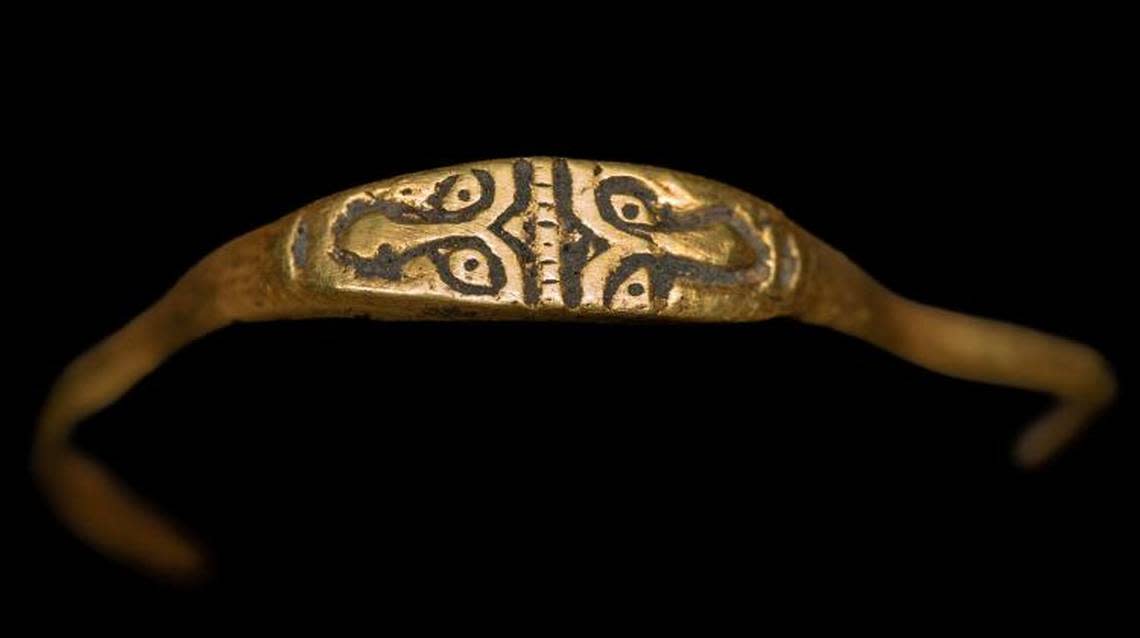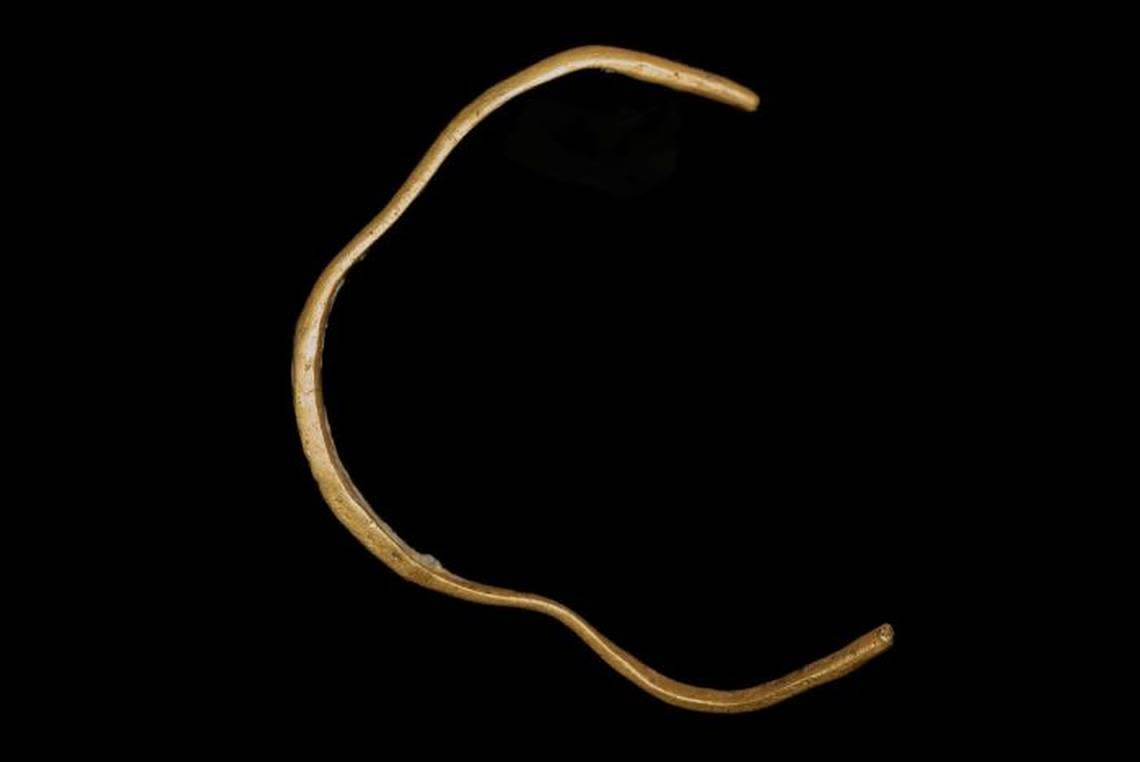Extremely rare 800-year-old gold ring found in Poland castle. See its unique engraving
Around 800 years ago, a wealthy woman strolled through the streets of Kraków, Poland, an ornate gold ring glinting on her finger. Somehow, the ring eventually ended up buried in the basement of a nearby castle.
Now, archaeologists exploring that castle, known as Wawel Royal Castle, have unearthed the ancient piece of jewelry, according to a Feb. 5 Facebook post from the castle.

Experts were conducting research in the basement of one of the castle’s towers when they found the ruins of what was likely a defensive rampart. That’s when they spotted the extremely rare medieval artifact.
The ring, which dates to between the 11th and 12th centuries, is one of only a few early medieval gold rings known from Poland, archaeologists said.

These types of rings typically lack any kind of ornamentation or decoration, but the artifact found at Wawel has an intricate and unique engraving, according to experts. It’s the only example of human images found on a medieval ring in Poland.
The ring bears a decorative shield depicting two opposing faces, archaeologists said. Photos show the engraving.
Experts noted that the engraving lacks a connection to Christianity, and instead might be a reference to Janus, a Roman god with two faces.
The ring’s craftsmanship resembles other finds from Poland, so it was likely crafted locally, officials told Science in Poland, according to a Feb. 6 release.
Wawel Hill and Wawel Royal Castle are to Kraków “what the Acropolis was to ancient Athens or the Capitoline Hill to Rome,” according to the castle’s website. The castle served as the home of Poland’s kings starting around 960 A.D. when the country’s first historical ruler chose the hill for his residence.
In 1930, the castle became one of Poland’s “premier art museums.” Since then, experts have overseen regular archaeological explorations to learn more about the site’s history.
Google Translate and Facebook were used to translate a Facebook post from Wawel Royal Castle and a post from Science in Poland.
Viking ruins hid beneath farmland for at least 900 years. Now, experts have found them
Cache of coins was hidden in a box underground for 850 years — until now. See it
Ancient urn — still holding 2,500-year-old remains — unearthed during road construction
